Bell’s palsy, or idiopathic facial palsy, is a nerve disorder that affects muscles on one side of the face causing temporary facial paralysis. It is called idiopathic because it arises suddenly and the exact cause is unknown. It is the result of damage to certain facial nerves. Each facial nerve controls specific muscles on one side of the face, and thus damage to a facial nerve can inhibit the muscle’s response for actions like blinking, smiling, and frowning. This can cause one side of the face to droop from the resulting muscle weakness or paralysis. Other symptoms can include twitching, drooling, dryness of the eye or mouth, taste impairment, and excessive tearing. It can affect men and women of any age.
According to the National Institutes of Health (NIH), the disorder occurs when a nerve controlling the facial muscles becomes swollen, inflamed, or compressed. It’s unclear what causes this damage, though many scientists believe that viral infections like meningitis or herpes simplex may be responsible or aggravating factors.
The NIH lists acupuncture among several helpful alternative treatments for Bell’s palsy, including relaxation techniques, electric stimulation, biofeedback, and B vitamin therapy.
In China, acupuncture has been used for thousands of years to assist in Bell’s palsy recovery. According to TCM the initial treatment goal would be to expel wind and resolve damp, as well as to invigorate Qi and promote blood circulation to the face.
A Harvard University study recently reported that intensive acupuncture, meaning several treatments per week, helps patients recover from Bell’s palsy more quickly, with little or no side effects. In our clinic we prefer to treat every day for 6 to 10 days, if possible. The researchers behind the Harvard study hypothesize that the needles used in acupuncture increase blood flow to the paralyzed facial muscles, which provides more nutrition and oxygen to help strengthen them and diminish the inflammation to the nerves.
This condition is often a shock, as it comes on overnight. The majority of patients wake with the facial muscles in paralysis with no clue as to what happened. Most patients either have no symptoms beforehand, or they miss the warning signs, which are subtle and can include neck pain, pain behind the ear, or pain in the back of the head.
Often, people jump to the conclusion that a stroke has occurred, but thankfully, Bell’s palsy is not the result of a stroke, and is also rarely a permanent affliction.
Gently massaging the afflicted areas of the face, or practicing daily facial exercises can also help. Try to avoid wet hair and being under fans, which can exacerbate the condition. It is also beneficial to seek help as soon as you notice the onset of the palsy as the sooner it is treated the better, and quicker, the results. In any case, you can be comforted knowing that in the vast majority of cases with acupuncture, and especially electro-acupuncture, the palsy will eventually subside and the symptoms will go away.
Diane Sheppard is the founding owner of AcQpoint Wellness Center. She is a licensed acupuncturist with a Ph.D. in Oriental Medicine and can be reached at (760) 775.7900. www.AcQPoint.com.
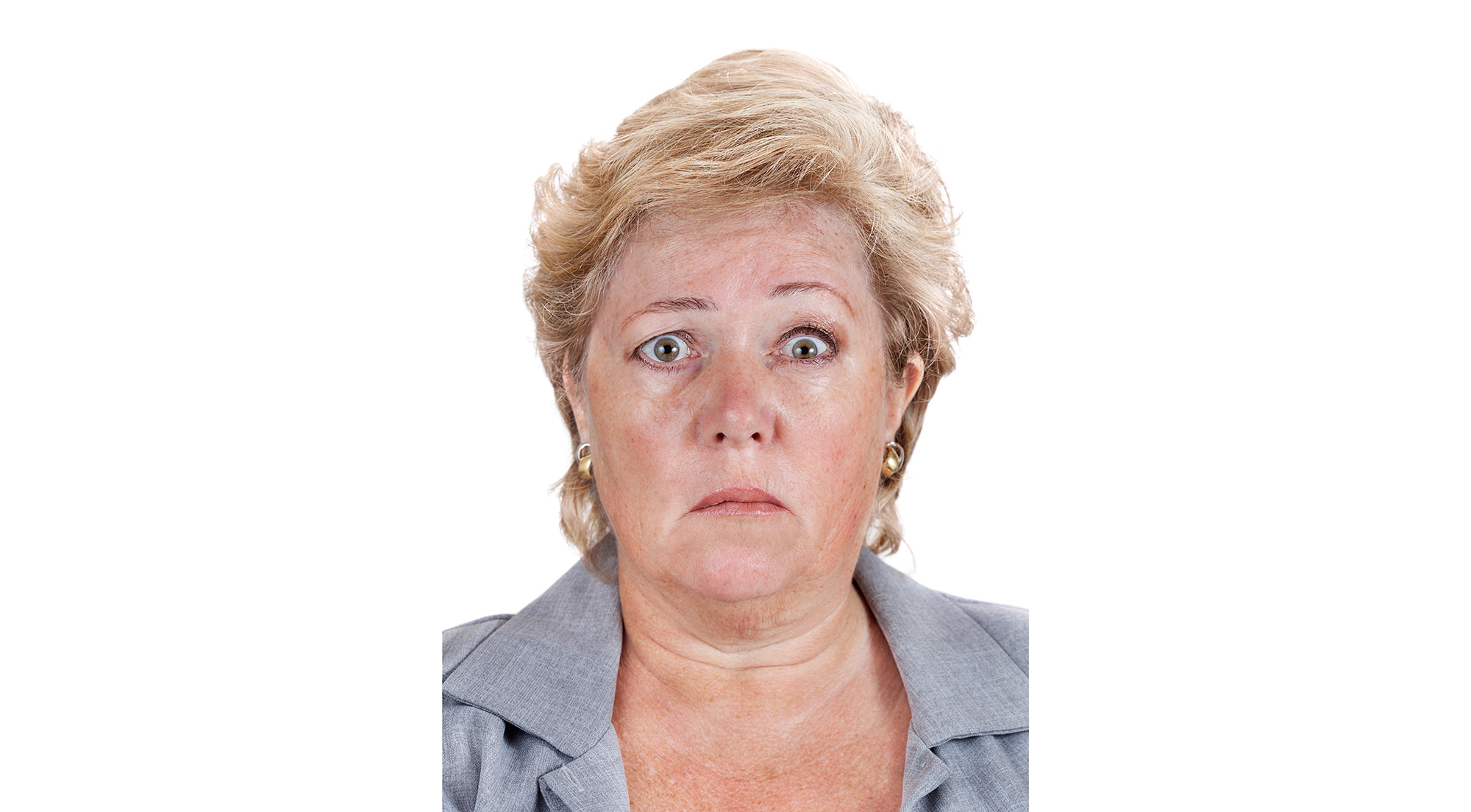



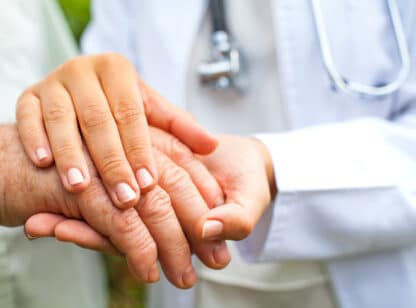




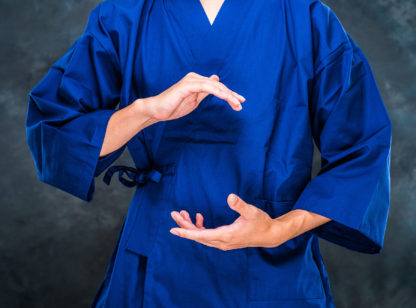















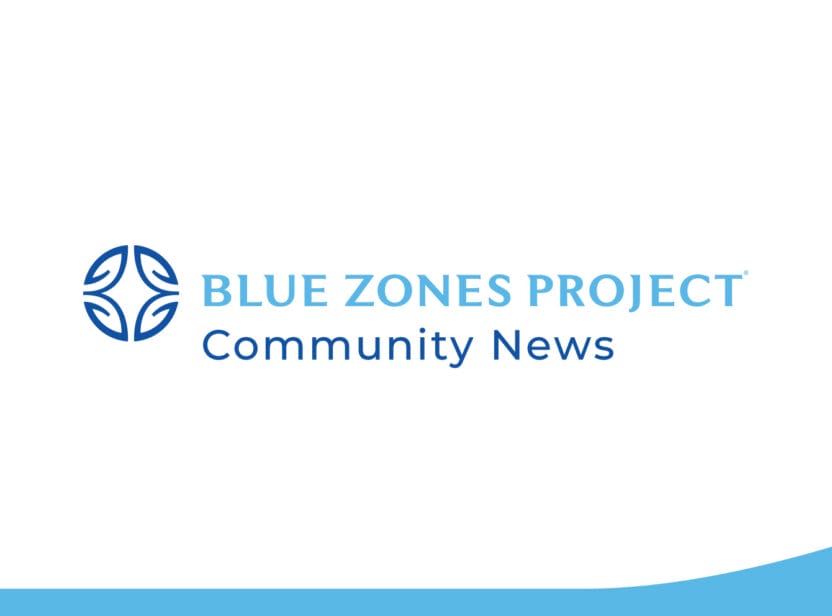









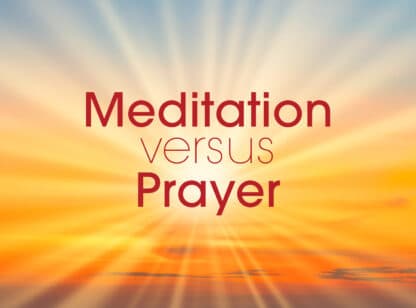

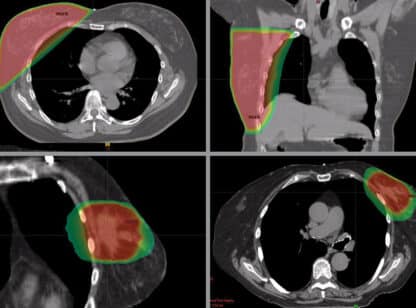

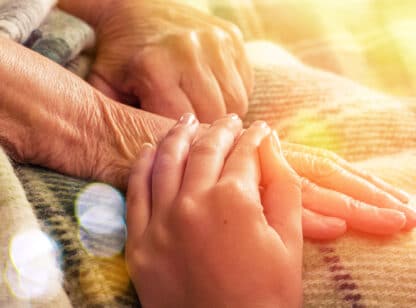
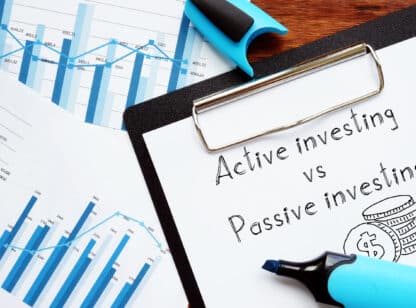





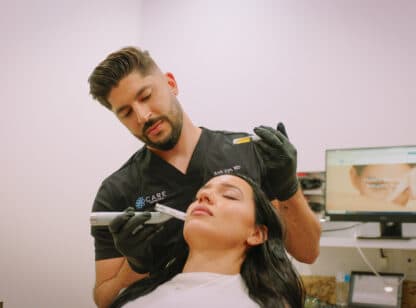
Comments (0)